
-
Bromophenol blue, Tracking dye
NMR and HPLC COA下载 MSDS下载 - Names:
Bromophenol blue
- CAS号:
115-39-9
MDL Number: MFCD00005875 - MF(分子式): C19H10Br4O5S MW(分子量): 669.96
- EINECS:200-679-5 Reaxys Number:
- Pubchem ID:24850869 Brand:BIOFOUNT
| 货品编码 | 规格 | 纯度 | 价格 (¥) | 现价(¥) | 特价(¥) | 库存描述 | 数量 | 总计 (¥) |
|---|---|---|---|---|---|---|---|---|
| SX0029-25g | 25g | 生物技术级 | ¥ 162.67 | ¥ 162.67 | 120 | Instock,1days | ¥ 0.00 | |
| SX0029-100g | 100g | 生物技术级 | ¥ 520.00 | ¥ 520.00 | 387 | Instock 1days | ¥ 0.00 | |
| SX0029-5g | 5g | 生物技术级 | ¥ 72.00 | ¥ 72.00 | 51 | Instock,1days | ¥ 0.00 |
| 中文别名 | 溴酚蓝,溴酚蓝(115-39-9,Bromophenol blue);四溴酚磺酚酞;溴酚兰;四溴酚磺酞;溴酚蓝(BPB);四溴苯酚磺酞;3,3',5,5'-四溴磺酚酞 |
| 英文别名 | Bromophenol blue(115-39-9);Tetrabromphenol Blue;Albutest |
| CAS号 | 115-39-9 |
| SMILES | C1=CC=C2C(=C1)C(OS2(=O)=O)(C3=CC(=C(C(=C3)Br)O)Br)C4=CC(=C(C(=C4)Br)O)Br |
| Inchi | InChI=1S/C19H10Br4O5S/c20-12-5-9(6-13(21)17(12)24)19(10-7-14(22)18(25)15(23)8-10)11-3-1-2-4-16(11)29(26,27)28-19/h1-8,24-25H |
| InchiKey | UDSAIICHUKSCKT-UHFFFAOYSA-N |
| 分子式 Formula | C19H10Br4O5S |
| 分子量 Molecular Weight | 669.96 |
| 闪点 FP | 320.1±31.5 °C |
| 熔点 Melting point | 270° C (dec.) |
| 沸点 Boiling point | 605.6±55.0 °C at 760 mmHg |
| Polarizability极化度 | 48.9±0.5 10-24cm3 |
| 密度 Density | 2.2±0.1 g/cm3 |
| 蒸汽压 Vapor Pressure | 0.0±1.8 mmHg at 25°C |
| 溶解度Solubility | Freely soluble in NaOH. More soluble in methy and ethyl alcohols ,benzene, and in acetic acid.Slightly soluble in water (0.4g/100g) at 20° C. |
| 性状 | 红棕色固体粉末 |
| 储藏条件 Storage conditions | Store at room temperature |
溴酚蓝(115-39-9,Bromophenol blue)实验注意事项:
1.使用115-39-9实验前需戴好防护眼镜,穿戴防护服和口罩,佩戴手套,避免与皮肤接触。
2.使用115-39-9实验过程中如遇到有毒或者刺激性物质及有害物质产生,必要时实验操作需要手套箱内完成以免对实验人员造成伤害。
3.取样品115-39-9的移液枪头需及时更换,必要时为避免交叉污染尽可能选择滤芯吸头。
4.称量药品时选用称量纸,并无风处取药和称量以免扬撒,试剂的容器使用前务必确保干净,并消毒。
5.取药品115-39-9时尽量采用多个药勺分别使用,使用后清洗干净。
6.实验后产生的废弃物需分类存储,并交于专业生物废气物处理公司处理,以免造成环境污染。
大规格定制:定制产品请将信息发送至sales@bio-fount.com。
Bromophenol blue(115-39-9) Experimental considerations:
1. Wear protective glasses, protective clothing and masks, gloves, and avoid contact with the skin during the experiment.
2. The waste generated after the experiment needs to be stored separately, and handed over to a professional biological waste gas treatment company to avoid environmental pollution.
Tag:溴酚蓝(115-39-9,Bromophenol blue),溴酚蓝试剂,溴酚蓝染色剂,溴酚蓝的作用,溴酚蓝的含量,溴酚蓝的厂家,溴酚蓝的价格,溴酚蓝的外观,溴酚蓝的生产,溴酚蓝的成分,溴酚蓝的MSDS,溴酚蓝的使用说明,溴酚蓝的注意事项,溴酚蓝的变色范围
| 产品说明 | 溴酚蓝(115-39-9)可用作电泳中的跟踪染料,溴酚蓝也用于工业染料,溴酚蓝在实验室用作酸碱指示剂和生物染料,溴酚蓝MSDS,溴酚蓝溶解度见主页 |
| Introduction | Bromophenol blue (115-39-9,溴酚蓝) can be used as tracking dye in electrophoresis, industrial dye, laboratory acid-base indicator and biological dye. |
| Application1 | 在凝胶电泳中,溴酚蓝可用作颜色标记和生物染色剂。 |
| Application2 | 溴酚蓝(115-39-9,Bromophenol blue)可用作酸碱指示剂,非水溶液滴定用指示剂,蛋白电泳染色,病毒化验等 |
| Application3 | 溴酚蓝是中间体,溴酚蓝在3-4.6的pH范围(从黄色变为蓝色)中用作基于酸的指示剂。 |
| 警示图 | |
| 危险性 | warning |
| 危险性警示 | Not Available |
| 安全声明 | H360D,H332,H312,H319 |
| 安全防护 | P201,P308+P313,P280,P305+P351+P338 |
| 备注 | 避免吸入,误食以及与皮肤接触 |
| Study of the Association Behavior Between Bromophenol Blue and Octylphenol Polyoxyethylene Ether (10) in Aqueous Solution and the Solubilization of Bromophenol Blue by Micelles |
| Electrochemical degradation of bromophenol blue on porous PbO2–ZrO2 composite electrodes(Research on Chemical Intermediates,2019) |
| Study on the Interaction Mechanism of Lysozyme and Bromophenol Blue by Fluorescence Spectroscopy(Journal of Fluorescence,2007) |
| An eco-friendly dyeing method: bromophenol blue (BPB) applied for dyeing cotton fabrics coated with cationic finishing agents(Cellulose,2020) |
| Third-order nonlinearity and optical limiting properties of sol–gel-based bromophenol blue dye immobilized in silica–titania nanohybrid(Journal of Sol-Gel Science and Technology,2018) |
1.Combined Experimental and Theoretical Study on the Removal of Pollutant Compounds by Peroxidases: Affinity and Reactivity Toward a Bioremediation Catalyst.
Silva MC1, Torres JA, Castro AA, Cunha EF, Oliveira LC, Corrêa AD, Ramalho TC. J Biomol Struct Dyn. 2015 Jul 1:1-35. [Epub ahead of print]
Water pollution is a significant and growing problem throughout the world, especially in developing countries. In order to minimize environmental problems, catalysts have increasingly been designed to remove pollutants from the water. In an attempt to innovate by the creation of new low-cost alternatives to efficiently remove pollutants, the enzymatic treatment has been intensely studied for this purpose. Reactions catalyzed by enzymes are able to perform specific treatments, commonly with high rates of the final products. With this, the enzyme, peroxidase, is a promising candidate as a bioremediation catalyst. The efficiency of oxidoredutive enzymes, such as horseradish peroxidase (HRP) and soybean peroxidase (SP) have been studied, given that their performance depends on the substrate. In this investigation, experimental techniques and theoretical calculations have been employed in order to investigate the oxidative process for the ferulic acid and bromophenol blue dyes, performed by HRP and SP.
2.Spectrophotometric Determination of Cefixime Trihydrate in Pharmaceutical Formulations Based on Ion-Pair Reaction with Bromophenol Blue.
Keskar MR1, Jugade RM1. Anal Chem Insights. 2015 Jul 27;10:11-6. doi: 10.4137/ACI.S28463. eCollection 2015.
Cefixime trihydrate is a broad spectrum cephalosporin antibiotic, effective against gram-positive and gram-negative bacterial infections. Simple and rapid method has been developed for the determination of cefixime trihydrate in bulk and pharmaceutical formulations. This method was based on the formation of bluish-green ion-pair complex of cefixime trihydrate with bromophenol blue in dimethyl sulfoxide (DMSO)-acetonitrile medium. Different parameters were studied and optimized. A 2:1 complex was formed between the drug and reagent almost instantaneously at room temperature which has λmax of 610 nm. Under optimum conditions, calibration curve was found to be linear over the range of 10-130 μg mL(-1). The method was subjected to analytical quality control. The limit of detection was found to be 1.08 μg mL(-1). Recovery studies and interference studies were carried out. The proposed method was successfully applied to the determination of cefixime trihydrate in bulk and pharmaceutical formulations with high precision and accuracy.
3.A color test for the convenient identification of an ingested surface activating agent.
Kinoshita H, Tanaka N, Jamal M, Takakura A, Kumihashi M, Tobiume T, Tsutsui K, Ameno K. Soud Lek. 2015 Fall;60(3):40-42.
Color tests are easy, simple and inexpensive methods for the qualitative identification of chemicals. A color test was applied to the stomach contents of a forensic autopsy case. The result of the test, using bromophenol blue reagent, indicated the ingestion of a commercial cleaning product containing a cationic surface activating agent. Our findings suggest that forensic investigators should consider the additives used in commercial chemical products, such as surface activating agents, when determining the cause of death.
4.Multicolor Quantum Dot-Based Chemical Nose for Rapid and Array-Free Differentiation of Multiple Proteins.
Xu Q1, Zhang Y1,2, Tang B3, Zhang CY3,1. Anal Chem. 2016 Feb 16;88(4):2051-8. doi: 10.1021/acs.analchem.5b03109. Epub 2016 Jan 27.
Nanomaterial-based differential sensors (e.g., chemical nose) have shown great potential for identification of multiple proteins because of their modulatable recognition and transduction capability but with the limitation of array separation, single-channel read-out, and long incubation time. Here, we develop a multicolor quantum dot (QD)-based multichannel sensing platform for rapid identification of multiple proteins in an array-free format within 1 min. A protein-binding dye of bromophenol blue (BPB) is explored as an efficient reversible quencher of QDs, and the mixture of BPB with multicolor QDs may generate the quenched QD-BPB complexes. The addition of proteins will disrupt the QD-BPB complexes as a result of the competitive protein-BPB binding, inducing the separation of BPB from the QDs and the generation of distinct fluorescence patterns. The multicolor patterns may be collected at a single-wavelength excitation and differentiated by a linear discriminant analysis (LDA).
Ren 化学品安全技术说明书 | 版本:1.0 | |||
按照GB/T16483、GB/T17519编制 | 修订日期:10.07.2019 | |||
打印日期:19.02.2020 | ||||
版权所有:范德(北京)生物科技有限责任公司 | 最初编制日期:25.05.2017 | |||
公司网站:WWW.BIO-FOUNT.COM | SDS编号:BIOFOUNT-SX0029 | |||
版权所有:BIOFOUNT BEIJING BIO TECH CO.,LTD | 产品编号:SX0029 | |||
溴酚蓝 | ||||
说明书目录 | ||||
第1部分 | 第2部分 | 危险性概述 | ||
第3部分 | 成分/组成信息 | 第4部分 | 急救措施 | |
第5部分 | 消防措施 | 第6部分 | 泄露应急处理 | |
第7部分 | 操作处置与储存 | 第8部分 | 接触控制/个体防护 | |
第9部分 | 理化性质 | 第10部分 | 稳定性和反应性 | |
第11部分 | 毒理学信息 | 第12部分 | 生态学危害信息 | |
第13部分 | 废弃处置 | 第14部分 | 运输信息 | |
第15部分 | 法律法规信息 | 第16部分 | 其他补充信息 | |
第1部分:化学品及企业标识 | ||||
1.1 产品标识 | ||||
溴酚蓝 | ||||
ENGLISH NAME: | Bromophenol blue indicator | |||
SX0029 | ||||
BIOFOUNT | ||||
115-39-9 | ||||
1.2 安全技术说明书提供者的详情 | ||||
制造商或供应商名称: | ||||
制造地址: | 59 KANGTAI AVENUE BINHAI NEW DISTRICT TIANJIN 300450 TIANJIN CHINA 范德(天津)生物科技有限责任公司 天津市滨海新区康泰大道59号九州通绿谷健康产业园 邮政编码:300450 | |||
电话号码: | ||||
1.3 应急咨询电话 | ||||
紧急联系电话: | ||||
1.4 物质或混合物的推荐用途和限制用途 | ||||
已确认的各用途: | 仅用于科学研发,不作为药品、家庭或其它用途。 | |||
第2部分:危险性概述 | ||||
2.1 GHS危险性类别 | ||||
暂无数据 | ||||
2.2 GHS 标签要素,包括防范说明 | ||||
象形图 | ||||
暂无数据 | ||||
Danger | ||||
H360D,H332,H312,H319 | ||||
警告申明 | ||||
避免吸入,误食以及与皮肤接触 | ||||
P201,P308+P313,P280,P305+P351+P338 | ||||
事故响应 | ||||
1.化学品使用过程中,当出现事故或者有紧急情况发生时,当事人应第一时间向应急小组负责人汇报后,由应急小组采取措施防止事态扩大。2.应急小组对受害人采取救护措施。 | ||||
密封保存。 | ||||
废弃处置 | ||||
暂无数据 | ||||
2.3 物理和化学危险 | ||||
暂无数据 | ||||
2.4 健康危害 | ||||
暂无数据 | ||||
2.5 环境危害 | ||||
暂无数据 | ||||
2.6 其它危害物 | ||||
暂无数据 | ||||
第3部分:成分/组成信息 | ||||
物质/混合物 | 暂无数据 | |||
3.1 物 质 | ||||
C19H10Br4O5S | ||||
669.96 | ||||
110-91-8 | ||||
EC-编号 | 200-679-5 | |||
根据相应法规,无需披露具体组份。 | ||||
第4部分:急救措施 | ||||
4.1 必要的急救措施描述 | ||||
吸入 | ||||
立即将患者移至空气新鲜处,发现呼吸困难时,必须立即采取吸氧处理,停止呼吸时采取人工呼吸。同时联系及时就医。 | ||||
皮肤接触 | ||||
立即脱去或者剪去污染的衣物,迅速用大量的流动清水冲10-20分钟甚至更长时间后,赴医院就医。 | ||||
眼睛接触 | ||||
立即用大量的流动清水冲10-20分钟后赴医院就医处理。 | ||||
食入 | ||||
误食化学物品后,应立即采取措施进行催吐。1.若误食化学品呈酸性,则可服用大量牛奶和水,促使食如折呕吐。2.若误食化学品呈碱性,则可服用大量牛奶、清水和醋,促使其呕吐,紧急处理后,应及时送至医院进行治疗(仅供参考)。食如者昏迷状态下禁止催吐,以免造成窒息。 | ||||
4.2 最重要的症状和健康影响 | ||||
最重要的已知症状及作用已在标签(参见章节2.2)和/或章节11中介绍 | ||||
暂无数据 | ||||
4.4 对医生的特别提示 | ||||
暂无数据 | ||||
第5部分:消防措施 | ||||
5.1 灭火介质 | ||||
采用泡沫灭火器、二氧化碳灭火器,避免造成二次污染发生。 | ||||
5.2 源于此物质或混合物的特别的危害 | ||||
暂无数据 | ||||
5.3 灭火注意事项及保护措施 | ||||
小规模着火需戴好口罩,防止有毒气体吸入。火灾发生时及时启动应急相应系统撤离至上风口处,并联系当地消防部门灭火。 | ||||
第6部分:泄露应急处理 | ||||
1.泄露后首先启动应急相应系统2.泄露处理前,需穿戴好安全安全防护鞋、穿戴好安全防护手套(强酸性物质需穿戴防酸碱手套)、根据吸入危险性穿戴相应防护面罩。 有关个人防护,请看第8部分。 | ||||
6.2 环境保护措施 | ||||
参照《范德生物化学废弃物处理方法》处理,防止对环境造成危害,处理后交由有资质的废弃物处理结构进行处理,以免造成环境污染。 | ||||
参照《范德生物化学品废弃物处理方法》对泄露的化学品进行处理,处理前需用化学品吸附岩棉对泄露区域进行围挡,形成“围堰”防止泄露扩大。 | ||||
6.4 参考其他部分 | ||||
丢弃处理请参阅第13节。 | ||||
第7部分:操作处置与储存 | ||||
7.1 安全操作的注意事项 | ||||
使用过程请穿戴好口罩,手套等防护用品,避免与皮肤接触、吸入、误食危险。 有关预防措施,请参见章节2.2。 | ||||
7.2 安全储存的条件,包括任何不兼容性 | ||||
暂时无法提供详细数据,尽可能避免与其他化合物混合存储,避光、通风处存储。 | ||||
第8部分:接触控制/个体防护 | ||||
8.1 控制参数 | ||||
暂无数据 | ||||
8.2 暴露控制 | ||||
适当的技术控制 | ||||
暂无数据 | ||||
个体防护装备 | ||||
一般情况下穿戴安全防护眼镜即可,如有飞溅液体、粉末产生时,请佩戴防溅面罩进行防护。穿戴的防护用品需取得如:GB、NIOSH (美国) 或 EN 166(欧盟) 等相关认证。 | ||||
手套脱去注意事项:手套在使用前必须进行检查,请使用正确的方法脱除手套(不接触手套外部表面),避免身体任何皮肤部位接触到此产品。根据相关法律法规和实验室管理规范制度,手套使用过后,请将被污染的手套谨慎处理,工作后清洗并吹干双手。 所选择的保护手套必须符合法规《劳动防护用品配备标准》、(EU)2016/425以及从此类法规衍生出来的EN 374标准规范。 完全接触保护要求: 手套材料:丁腈橡胶 手套最小的层厚度:0.11 MM 手套溶剂渗透时间:480 分钟 飞溅保护要求: 材料:丁腈橡胶 最小的层厚度 0.11 MM 溶剂渗透时间:480 分钟 如果以溶剂形式应用或与其它物质混合应用,或在不同于《劳动防护用品配备标准》,EN 374规定的条件下应用,请与EC批准的手套的供应商联系。该条只是作为推荐性建议,如遇特殊情况,务必请熟悉该产品属性的专家,选取相关防护用品。此条建议不应该被认定为适应所有特殊条件防护,请根据所处工作条件请求专业工程师指导采取相应防护措施。 | ||||
选择身体部分的防护措施,需要根据危险物质的类型、浓度、量以及特定的工作环境。身体部分防护设备、防护服的类型,必须根据使用者工作场所中的危险物质的浓度、数量进行选择。 | ||||
一般情况下穿戴普通的医用口罩保护呼吸系统即可。有酸雾产生式活性炭类口罩起不到防护作用,如需对粉尘造成损害进行防护时,请采用N95型(US)或P1型(EN 143)类口罩或者防尘面具。特殊情况下使用自吸式呼吸器时,使用的呼吸器必须对呼吸器密闭性、空气供应系统、供气压进行测试,当然呼吸器需通过强制认证标准如:GB、NIOSH(US)、CEN(EU)。 | ||||
环境暴露的控制 | ||||
不要让产品进入下水道。 | ||||
第9部分:理化特性 | ||||
9.1 基本的理化特性的信息 | ||||
形状:暂无数据 | ||||
颜色:暂无数据 | ||||
气味 | 暂无数据 | |||
气味阈值 | 暂无数据 | |||
暂无数据 | ||||
297°C | ||||
初沸点和沸程 | 605.6±55.0 °C at 760 mmHg | |||
闪点 | 58 °C | |||
蒸发速率 | 暂无数据 | |||
易燃性(固体,气体) | 暂无数据 | |||
高的/低的燃烧性或爆炸性限度 | 暂无数据 | |||
蒸气压 | 0.0±1.8 mmHg at 25°C | |||
蒸气焓 | 93.3±3.0 kJ/mol | |||
密度/相对密度 | 0.9540 | |||
Freely soluble in NaOHAlfa Aesar32641Soluble to 10 mM in ethanolTocris Bioscience5218 | ||||
正辛醇/水分配系数 | 暂无数据 | |||
正辛醇空气分配系数 | 暂无数据 | |||
自燃温度 | 暂无数据 | |||
分解温度 | 暂无数据 | |||
黏度 | 暂无数据 | |||
暂无数据 | ||||
氧化性 | 暂无数据 | |||
根据碎片估算水溶胶 | 暂无数据 | |||
亨利定律常数(25摄氏度) | 暂无数据 | |||
9.2 其他安全信息 | ||||
暂无数据 | ||||
第10部分:稳定性和反应性 | ||||
10.1 稳定性 | ||||
暂无数据 | ||||
10.2 危险反应 | ||||
暂无数据 | ||||
10.3 应避免的条件 | ||||
暂无数据 | ||||
10.4 禁配物 | ||||
强氧化剂 | ||||
10.5 危险的分解产物 | ||||
暂无数据 | ||||
第11部分:毒理学信息 | ||||
11.1 毒理学影响信息 | ||||
暂无数据 | ||||
皮肤腐蚀/刺激 | ||||
暂无数据 | ||||
暂无数据 | ||||
呼吸或皮肤过敏 | ||||
暂无数据 | ||||
暂无数据 | ||||
暂无数据 | ||||
生殖毒性 | ||||
暂无数据 | ||||
特异性靶器官系统毒性(一次接触) | ||||
暂无数据 | ||||
特异性靶器官系统毒性(反复接触) | ||||
暂无数据 | ||||
吸入危害 | ||||
暂无数据 | ||||
附加说明 | ||||
暂无数据 | ||||
第12部分:生态学危害信息 | ||||
12.1 生态毒性 | ||||
暂无数据 | ||||
12.2 持久性和降解性 | ||||
暂无数据 | ||||
12.3 快速生物降解的可能性 | ||||
暂无数据 | ||||
12.4 专家调查生物降解结果 | ||||
暂无数据 | ||||
12.5 MITI生物降解的可能性 | ||||
暂无数据 | ||||
12.6 厌氧生物降解的可能性 | ||||
暂无数据 | ||||
12.7 现成的生物降解性预测 | ||||
暂无数据 | ||||
12.8 碳氢化合物生物降解 | ||||
暂无数据 | ||||
12.9 对气溶胶的吸附 | ||||
暂无数据 | ||||
12.10 羟基自由基反应 | ||||
暂无数据 | ||||
12.11 臭氧反应 | ||||
暂无数据 | ||||
12.12 空气中颗粒物吸附的分数(PHI) | ||||
暂无数据 | ||||
12.13 土壤吸附系数 | ||||
暂无数据 | ||||
12.14 碱/酸催化水解(25℃) | ||||
暂无数据 | ||||
12.15 利用对数KOW估算生物累积量 | ||||
暂无数据 | ||||
12.16 废水处理中的去除 | ||||
暂无数据 | ||||
12.17 三级逸度模型 | ||||
暂无数据 | ||||
12.18 土壤中的迁移性 | ||||
暂无数据 | ||||
12.19 PBT和VPVB的结果评价 | ||||
暂无数据 | ||||
12.20 其他环境有害作用 | ||||
暂无数据 | ||||
第13部分:废弃处置 | ||||
13.1 废物处理 | ||||
None | ||||
None | ||||
第14部分:运输信息 | ||||
14.1 联合国编号 / UN NUMBER | ||||
欧洲陆运危规 / ER/RID: | None | |||
国际海运危规 / IMDG: | None | |||
国际空运危规 / IATA-DGR: | None | |||
14.2 联合国运输名称 / UN PROPER SHIPPING NAME | ||||
欧洲陆运危规: | None | |||
国际海运危规: | None | |||
国际空运危规: | None | |||
欧洲陆运危规 / ER/RID: | None | |||
国际海运危规 / IMDG: | None | |||
国际空运危规 / IATA-DGR: | None | |||
欧洲陆运危规 / ER/RID : | None | |||
国际海运危规 / IM0DG: | None | |||
国际空运危规 / IATA-DGR: | None | |||
None | ||||
14.6 特殊防范措施 / SPECIAL PRECAUTIONS FOR USER | ||||
None | ||||
None | ||||
第15部分:法律法规信息 | ||||
适用法规 | ||||
《中华人民共和国安全生产法》、《职业病防治法》、《化学化工实验室安全管理规范》 | ||||
其它的规定 | ||||
《生产安全事故报告和调查处理条例》、《职业病防治法》、《职业安全和卫生法》美国1970 | ||||
第16部分:其他补充信息 | ||||
其他信息 版权所有:BIOFOUNT BEIJING BIO TECH CO.,LTD 公司。许可无限制纸张拷贝,仅限于内部使用。 上述信息视为正确,但不包含所有的信息,仅作为指引使用。本文件中的信息是基于我们目前所知,就正确的安全提示来说适用于本品。该信息不代表对此产品性质的保证。BIOFOUNT公司及其附属公司对任何操作或者接触上述产品而引起的损害不负有任何责任。更多使用条款,参见发票或包装条的反面。 更多销售条款及条件请参见HTTP://WWW.BIO-FOUNT.COM/或发票或装箱单的背面。欲悉详情,请联系:SALES@BIO-FOUNT.COM | ||||
- 相关产品
-
< >
- 推荐产品
-
< >
- 最新产品
-
< >
新闻
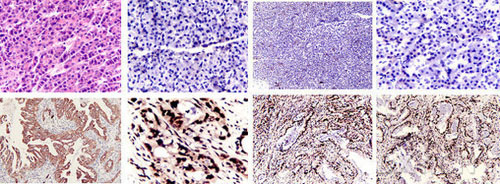
怎么做细胞爬片免疫组化染色实验
细胞爬片免疫组化染色,是通过细胞爬片是让玻片浸在细胞培养基内,细胞在玻片上生长,主要用于组织学,免疫组织化学...
2020/7/20 22:04:33
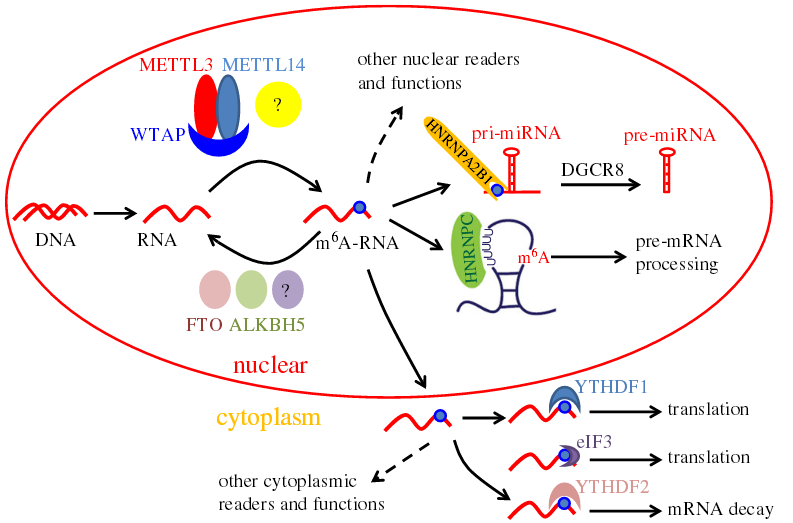
提取病毒RNA的实验方法
提取病毒RNA方法分别有:异硫氰酸胍的提取病毒RNA方法、TRIzol LS提取法、Trizol法提取法等等...
2020/7/22 20:29:26
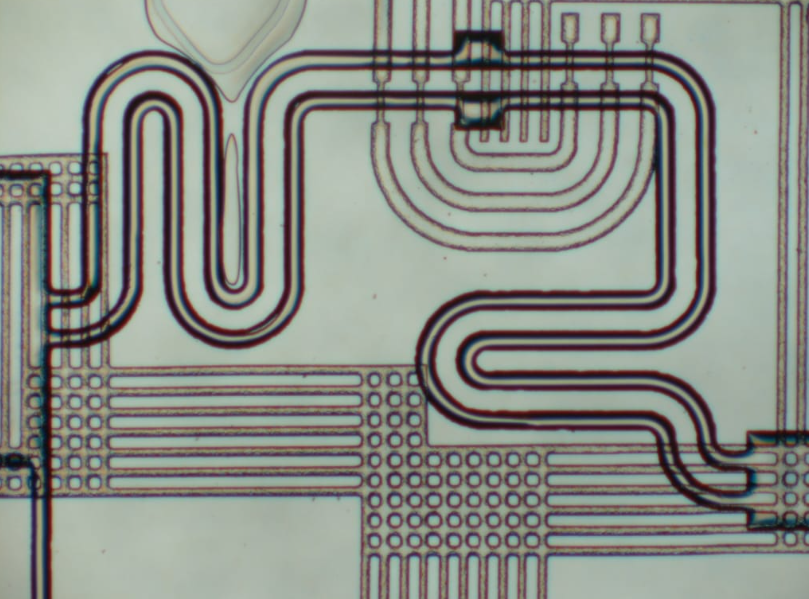
各种微流控芯片键合方法的优缺点
微流控芯片键合:目前主要有激光焊接、热压键合、胶键合、超音波焊接,每种方法都有各自的优缺点。本文主要介绍聚酯...
2023/7/28 10:43:09
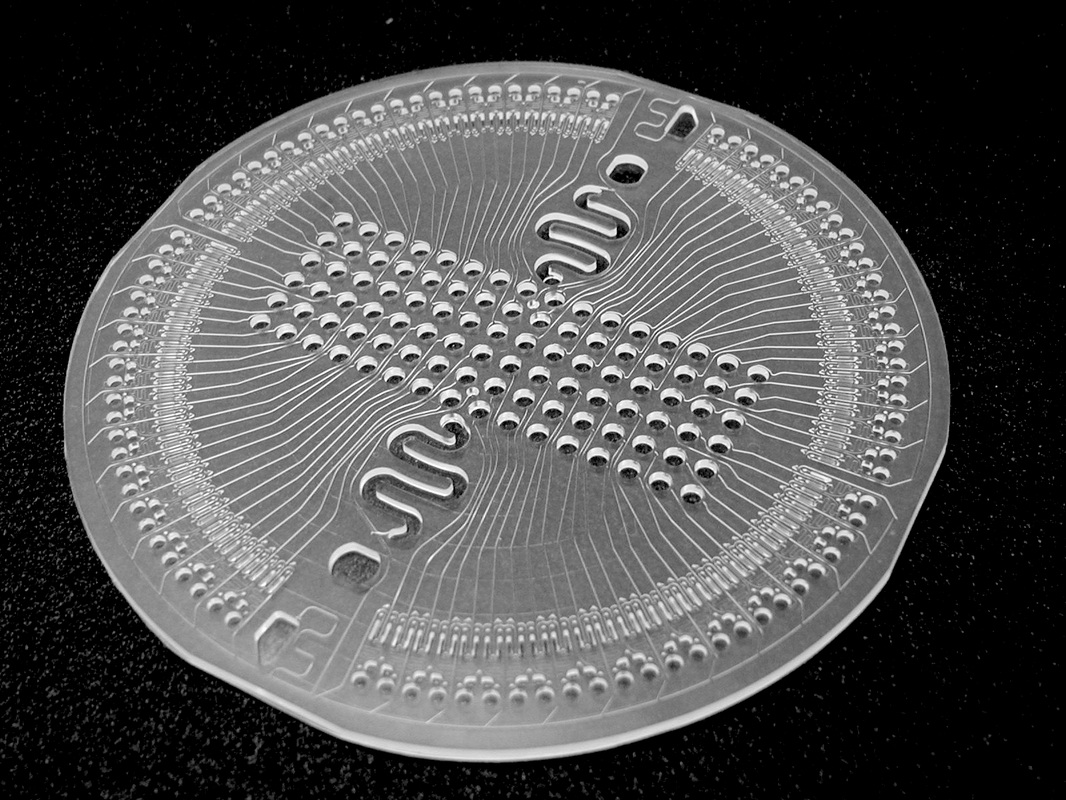
新一代微流控键合解决方案
微流控键合解决方案:微流控芯片制造的一个重要环节,也是最容易被忽视的--芯片键合。其中一个重要因素是:微流控...
2023/7/27 12:44:28
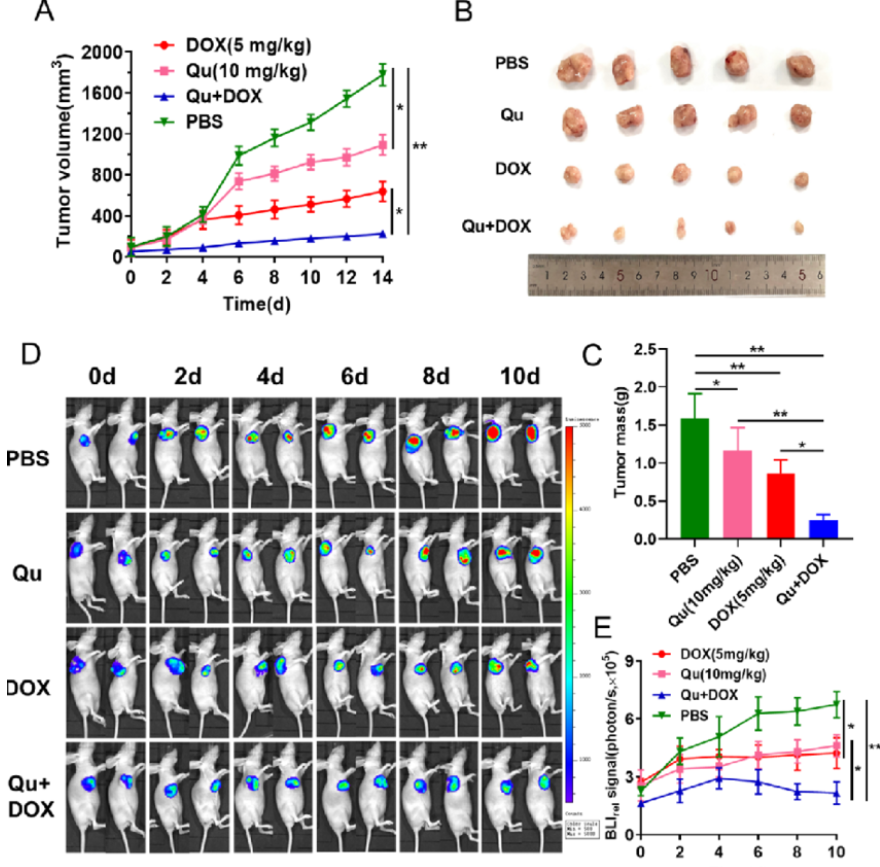
荧光素钾盐使用说明
D-荧光素钾盐(K+)设计用于体外和体内生物发光测定。D-荧光素的质量和纯度对于获得良好和可重复的结果至关重...
2023/7/20 11:05:11
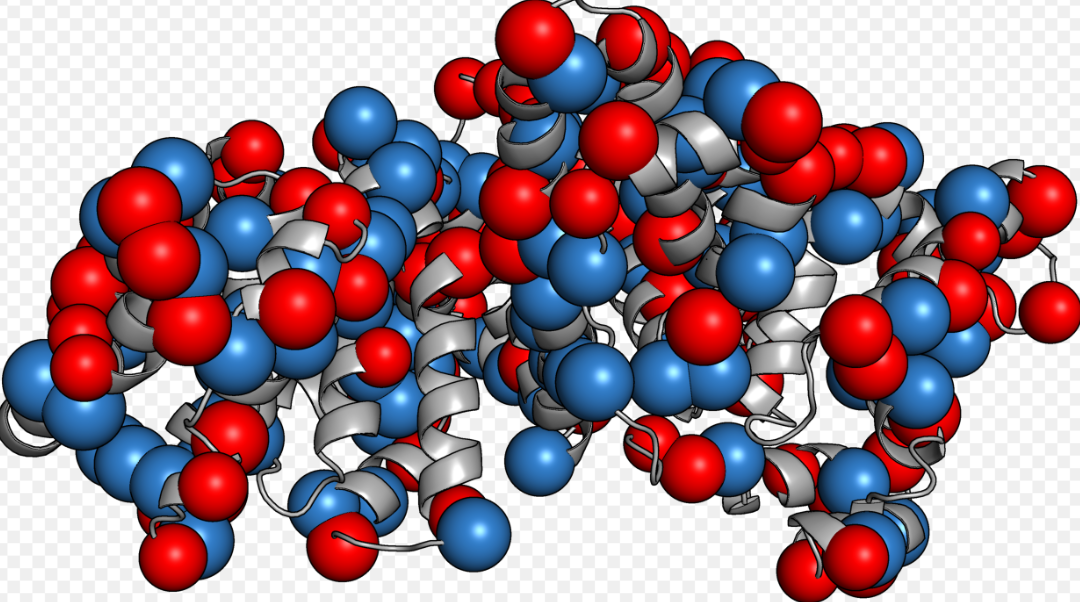
如何选BSA(牛血清白蛋白)
如何选BSA(牛血清白蛋白):牛血清白蛋白(BSA)有多种形式,如何选择适合自己的牛血清白蛋白(BSA)是一...
2023/2/14 13:09:18
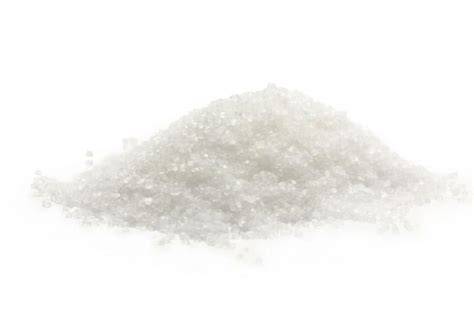
牛血清白蛋白(BSA)常见问题
牛血清白蛋白(BSA)常见问题:牛血清白蛋白(BSA)在实验室中是通用的,可用于蛋白质印迹、细胞组织培养、P...
2022/10/19 9:39:51

pubmed使用方法(技巧)
pubmed使用方法(技巧):PubMed是一个关于医学问题的学术文章和书籍的数据库。因为它是一份学术期刊,...
2022/10/18 18:06:07

BSA(牛血清白蛋白)
BSA(牛血清白蛋白):牛血清白蛋白(BSA)是一种球状蛋白质,牛血清白蛋白(BSA)是发现于牛血浆中的主要...
2022/10/18 16:48:12
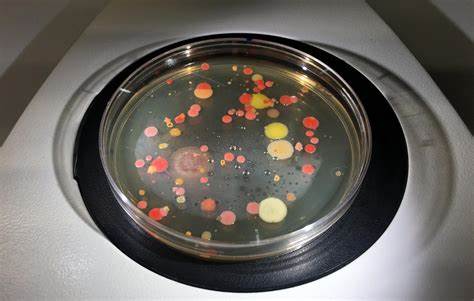
冻干培养细菌的方法
冻干培养细菌的方法:冷冻干燥,也称为冻干或冷冻干燥,是在产品冷冻后除去水分并将其置于真空中的过程。这使得冰可...
2022/10/16 8:27:31




 购物车
购物车 



